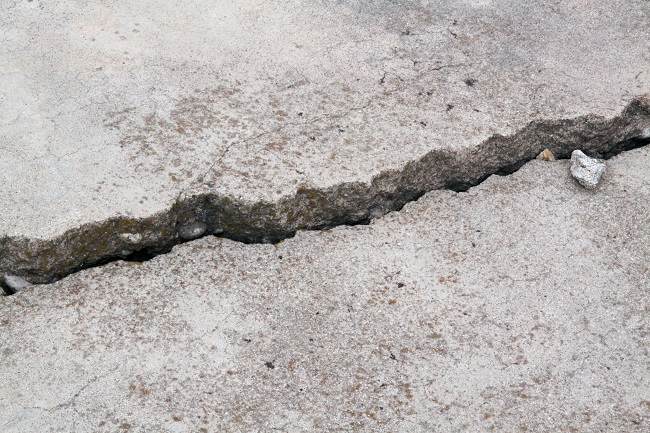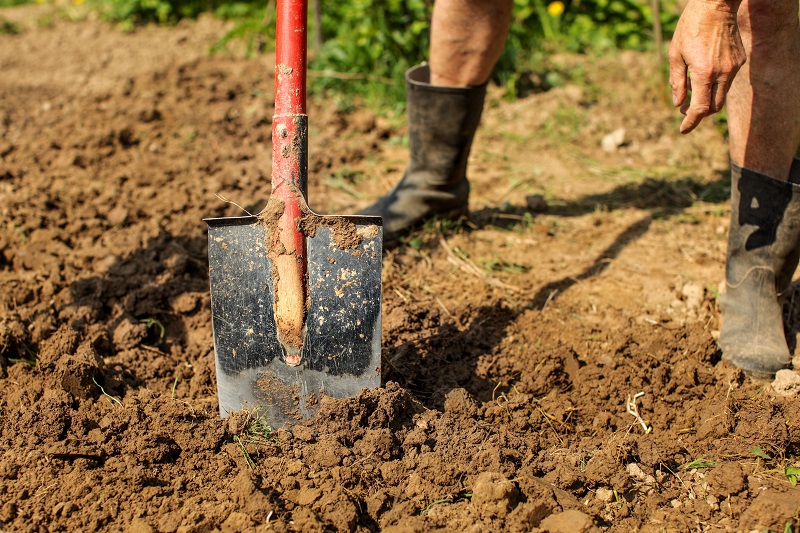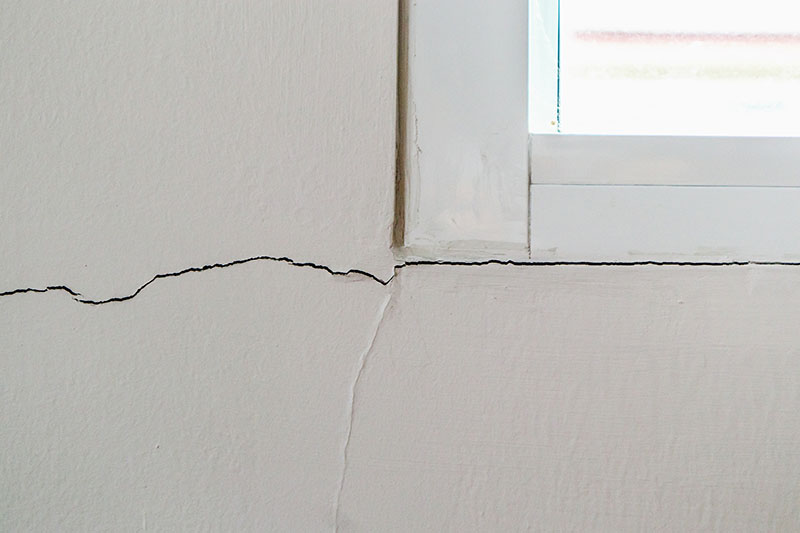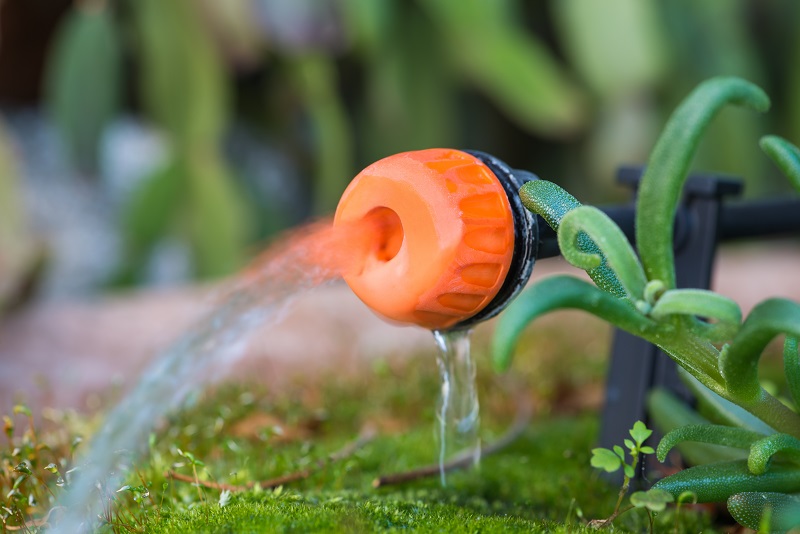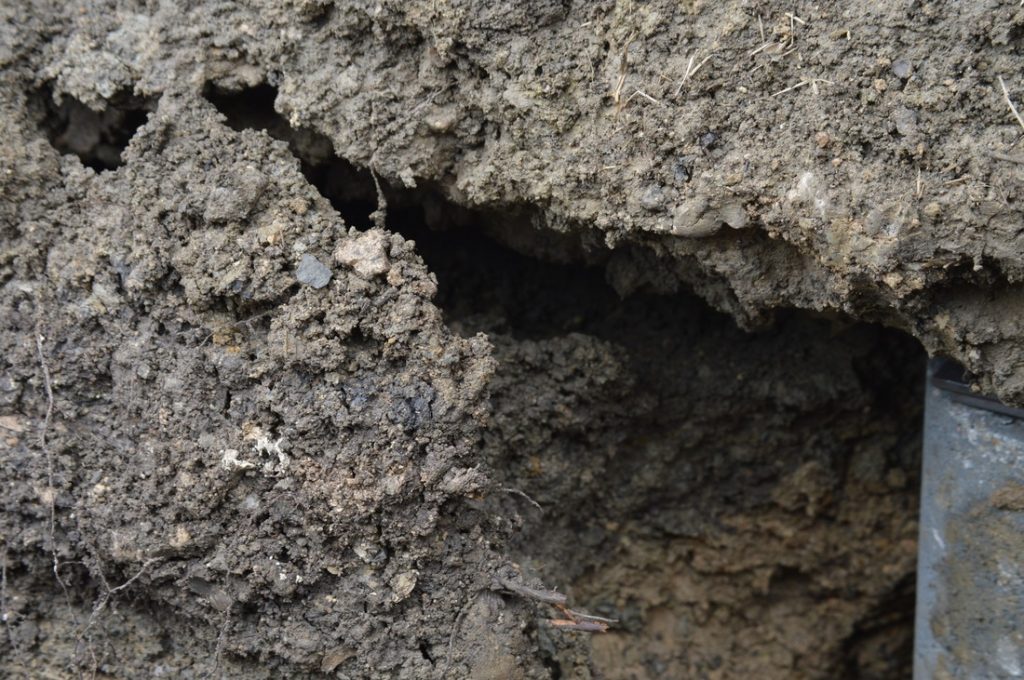The foundation is inarguably the most important part of any building or structure. It is basically what a building or structure stands on and the better and stronger the foundation is, then the longer a particular building or structure can last. Problems with the foundation are, however, bound to arise for any reasons, which is one of any home or building owner’s worst nightmares. While this is so, they don’t need to worry and should feel free to contact us whenever such a scenario arises since we have got them covered. Our professional team is well equipped and ready to solve such problems for home and building owners and managers. Below is a list of foundation repair methods for you to choose from with the help of our team!

Piering
This method of foundation repairs constitutes the use of concrete or metal posts to salvage a foundation that may be having problems. There are different types of piers:
Helical Piers
This foundation repair method is mostly suitable for repairs in the exterior of your foundation as well as the repair of interior slabs as well as the same use in new constructions. This is one of the best methods owing to its versatility as compared to other pier types.
Concrete Piers
As suggested by the name, concrete piers repair method utilizes concrete. It is one of the most permanent ways of repairing a problematic foundation and is also very useful during the preconstruction stage of a building or structure.
Steel Piers
Steel piers basically utilize metal posts or structures in repairing foundations. They are better than the concrete piers in the sense that they consume less space when doing repairs as well as less time when installing them.
Slabjacking
This foundation repair method is commonly used when repairing buildings and structures that are constructed on a concrete slab as opposed to soil or land. Also known as concrete-lifting, the method entails drilling a pattern of holes in the area being repaired, followed by pouring a synthetic lifting solution into the holes with special tools which then lifts the area making it easy to patch the area with concrete. The method is relatively cheap and quick and has an advantage as it can also be used to repair patios and driveways, as well as other areas that utilize concrete slabs in their construction.
Call us today at Steady House Foundation Repair today!

